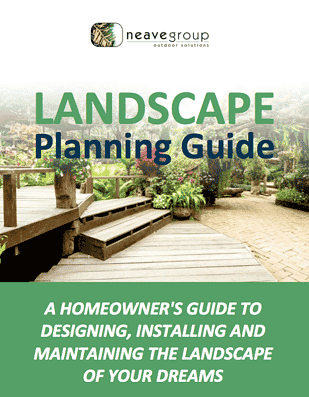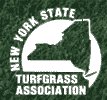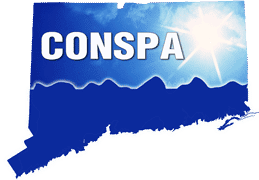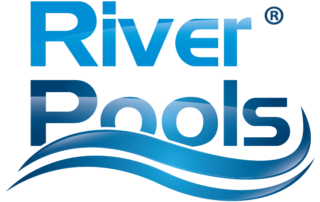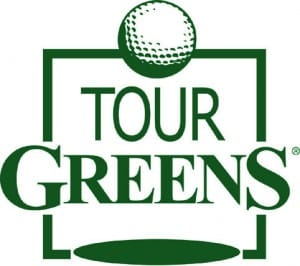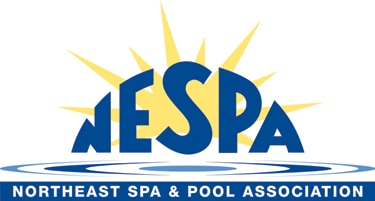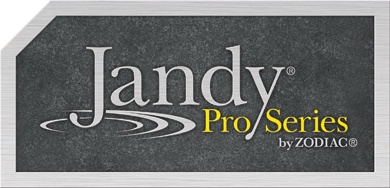Whether you have a lush, green sod carpet or a meadow of native grasses; whether your beds are filled with manicured boxwoods and heirloom roses or riots of colorful annuals for every changing season, here’s one thing every homeowner can agree on: Plant life needs water.
And during most New York and Connecticut summers, that plant life needs a lot of water. But how that water gets to the plants you’ve put so much money and time into depends on the type of irrigation you choose.
There are two main categories here: more traditional “overhead” sprinkler systems and drip irrigation systems. They differ mostly in how they deliver water to your plants. Overhead sprinkler systems, which most homeowners are used to, cover a larger area (indirectly) with an overhead shower of water, creating what we call precipitation zones. Drip irrigation systems deliver water directly, using lines that literally drip water to the plants right where they need it most.
Both types of systems can be fully automated with timers and zones, and both types require regular care and maintenance (as does any landscape investment), particular at the end of the season, when you’re winterizing your landscape. But that’s about where the similarities end.
Overhead sprinkler systems
Overhead sprinkler systems are a great way to keep your whole landscape generally healthy. Because they’re so common, there are almost endless ways to customize your overhead sprinkler system, a huge benefit for lots of landscapes, especially those with areas with different watering needs.
One potential drawback to overhead sprinkler systems: Though they deliver water from above, you’ll actually need to dig trenches to install them, which can disturb existing landscaping. (So installing a system like this before you undergo a major landscape overhaul is your best bet!)
Overhead sprinkler systems can be programmed on timers to deliver water at the most efficient time of day, even finishing before you’ve woken up to get ready for a day at work. And though blanketing your lawn with regular irrigation (instead of hand watering) can become pricey, it’s well worth the cost if having a lush, green lawn is at the top of your homeowner wish list.
Drip irrigation systems
If you have special planting beds or other important plants that need special attention, a drip irrigation system will be your best friend in the backyard. The biggest “pro” to drip irrigation systems: They allow consistent, precise water delivery to exactly where you need it, whether that’s a tree, a flowerbed, shrubs or even a container garden. One potential “con”: This isn’t the type of system to use if every inch of your property is covered in green.
Drip irrigation is well suited for any size landscape, from postage-stamp lawns (or no lawns at all) to commercial properties and even golf courses. Drip irrigation systems can also be seamlessly incorporated into landscapes, with thin tubes that barely appear to the naked eye.
Drip irrigation is incredibly efficient because it hydrates the plant base, where it can be quickly absorbed. drip irrigation helps your budget as well as the environment: It uses less water and requires less energy to deliver it.
Still have questions?
From all we’ve mentioned here, you can see that the question of what type of irrigation to choose depends on a lot of factors. But most of it depends on the type of watering your landscape needs and how much money you’re looking to invest in the system and its use.
However, at Neave Irrigation, we think the best way to determine what type of water delivery system is best for you is through a comprehensive site analysis by one of our irrigation professionals. (It’s possible your best solution will be a combination of overhead sprinkling and a drip irrigation system!)
Give us a call at (845) 463-0592 or fill out the web form on the right side of this page to get the conversation started — we’ll come to you, check out your current landscape and help you understand your irrigation needs.
